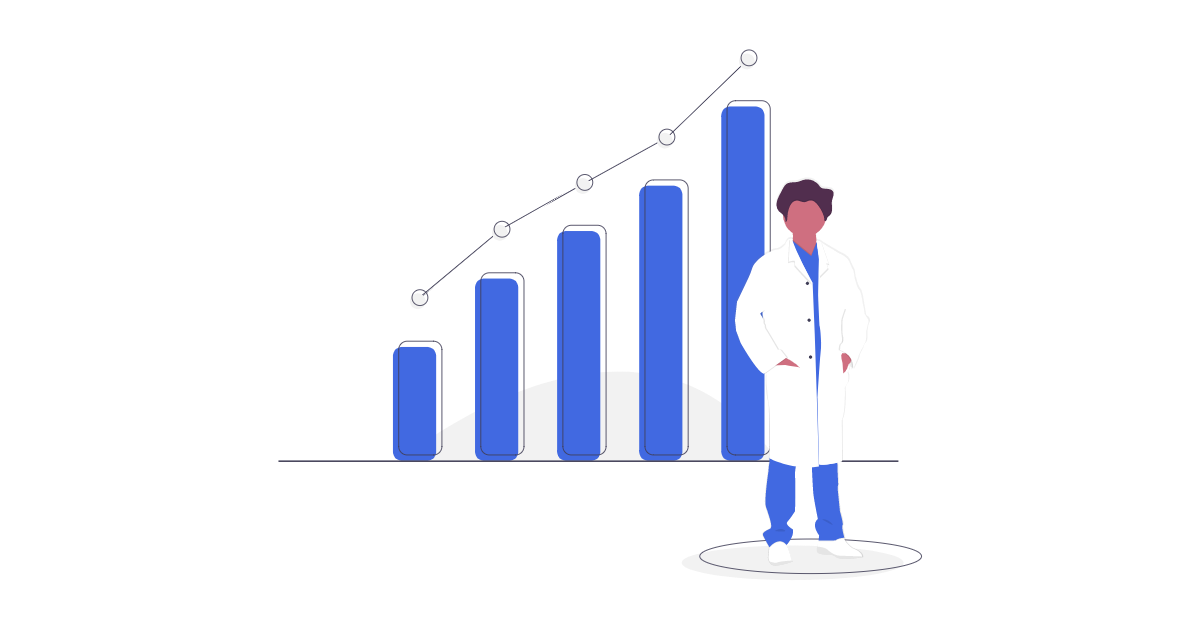By far, the United States spends more on healthcare per-capita than any other country, and yet the US ranks 27th in life expectancy. To make matters worse, US healthcare costs are increasing every year. There are four key components that contribute to this rising healthcare cost trend.
Utilization
Healthcare utilization refers to the demand of medical services. There are multiple reasons that demand rises every year. As new medical techniques, services, and technologies emerge over time, demand increases. Another major current event contributing to increasing utilization is the retirement of the Baby Boomer generation. Currently, about 10,000 Baby Boomers hit the age of 65 every day, which is when they qualify for Medicare.
Unit Cost
In general, similar to how the cost of goods increase over time (inflation), the cost of medical services also increase over time. This is known as medical unit cost trend. Every year, unit cost trend is typically much higher than inflation. New medical techniques, services, and technologies contribute to increasing unit costs. Additionally, high demand for medical services and a shortage of doctors in the US (low supply) causes unit cost to rise.
Prevalence
Healthcare prevalence refers to the number of patients, relative to the number of total people in a population. For example, if there are 1000 people, but only 50 visited a care provider, then the prevalence is 5%. Prevalence is usually steady from year to year. However, many factors can increase prevalence. For example, a global pandemic like the coronavirus greatly increased prevalence in 2020.
Drug Patents
The rapidly rising costs of “specialty” pharmaceutical drugs is arguably the most significant driver of rising healthcare costs. The US patent system offers extensive 20-year protections to newly patented drugs, which allows pharmaceutical companies to set excessive prices for the drugs. For example, Revlimid, a cancer drug that costs over $100,000 per year, has protection from “generic” competitors until 2036.

